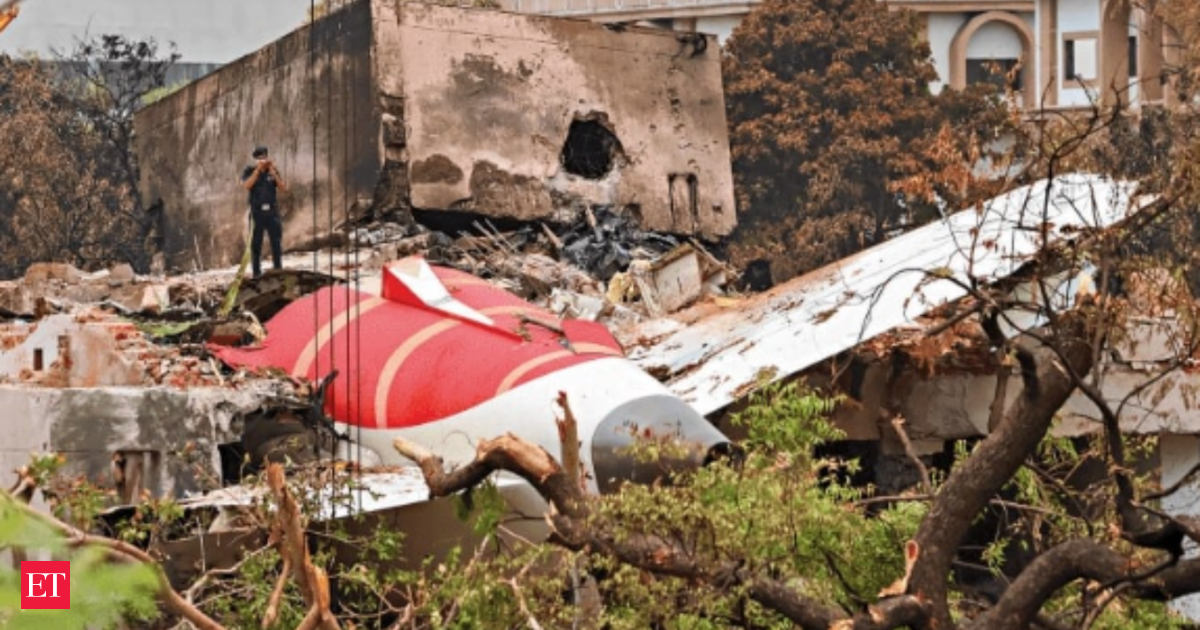Responding to questions in the Rajya Sabha, Naidu assured the members that AAIB’s ongoing probe into the air crash was “transparent, rule-based and unbiased,” and followed international protocols. He added that the final AAIB report on the AI171 accident will include a detailed causal analysis, identify contributing factors, and recommend safety measures.
“Until that report is out, we should not draw conclusions. We want to stand with the truth. Whatever the report says, we will act on it,” the minister said.

Initial Findings Raised More Questions
International Civil Aviation Organisation (ICAO) rules stipulate that the final report should be published within a year of an air crash.
He noted that until now, India had been dependent on overseas labs to decode damaged cockpit voice recorders (CVRs) and flight data recorders (FDRs). “However, for the first time, India took the initiative to decode the black box domestically, even if it appeared damaged externally. This decoding was successfully completed within the country,” he said.
On June 12, an Air India 787-8 Dreamliner jet crashed shortly after taking off from the Ahmedabad airport on a scheduled flight to London Gatwick. The aircraft lost power on both engines and descended into a residential area, severely affecting the BJ Medical College hostel. Of the 242 people on board, all but one passenger survived. An additional 19 people on the ground were killed.
A preliminary report released on July 12 by AAIB found that the crash was caused by dual engine failure due to disengagement of fuel control switches, which regulate the flow of fuel to the engines. The reasons behind the movement of switches from the “Run” to “Cutoff” mode is currently under investigation.
Industry executives and experts said AAIB’s initial report has raised more questions than it answers. While the report confirmed that both engine fuel control switches were moved to the cutoff position shortly after take-off, it offered no explanation for why or how that occurred.
Key details left out
Also, insufficient timeline, analysis, or human factor assessment left key details unclear, including who moved the switches, whether it was intentional, accidental, or due to a system failure, said experts, adding that the report’s limited scope is triggering speculation and causing uncertainty around one of India’s worst aviation disasters.
Naidu, the AAIB, and also the National Transportation Safety Board (NTSB) of the US have previously criticised the Western media after a series of international reports speculated on the causes of the AI171 crash before the probe was completed. These reports included interpretations of cockpit voice recordings and suggested possible errors or intent, despite the AAIB having only released a preliminary factual report, not a causal analysis.
Naidu said a high-level committee led by the home secretary was formed immediately after the crash. The committee has a three-month timeline to recommend improvements in routine safety inspections and pilot training standards, drawing on global best practices.




